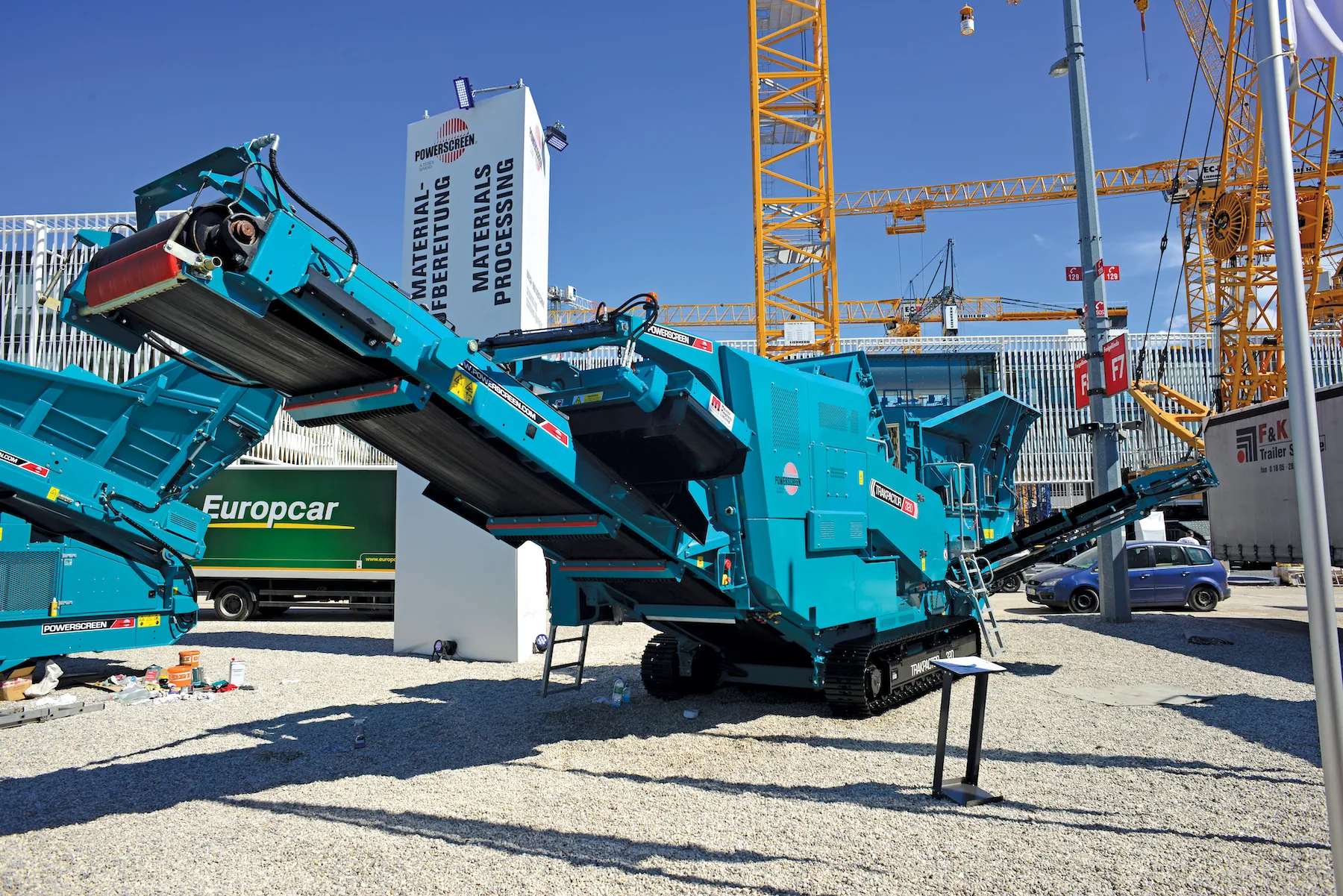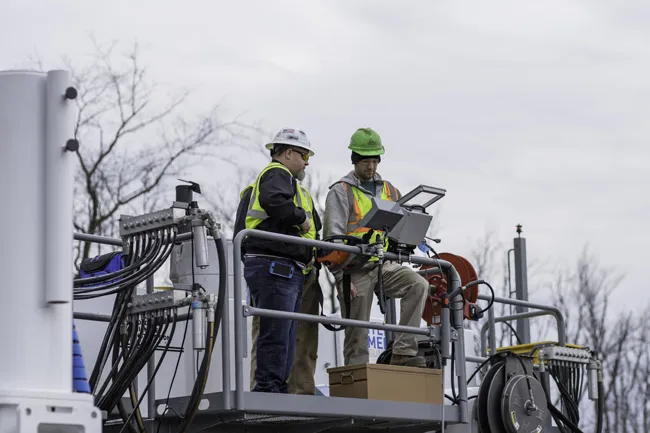
Higher accuracy and better repeatability are achievable in concrete testing using the new 250 kN UTM EmS unit from Controls, according to the firm. This advanced universal testing machine benefits from the latest electromechanical servoactuation technology. The unit is said to be able to carry out a wide range of test applications including compression, tension, flexure, splitting and cyclic tests on various construction materials. Despite its large multipurpose footprint, the robust frame ensures very high stiffness making it ideal for testing fibre reinforced concrete (FRC). A wide range of accessories is also available for both standard tests (Marshall, CBR, Duriez and UCS) and advanced tests (Elastic Modulus and toughness determinations). Said to be highly versatile, the PC controlled 250 kN UTM EmS can also use various software packages, each aimed at use for a specific test method.









